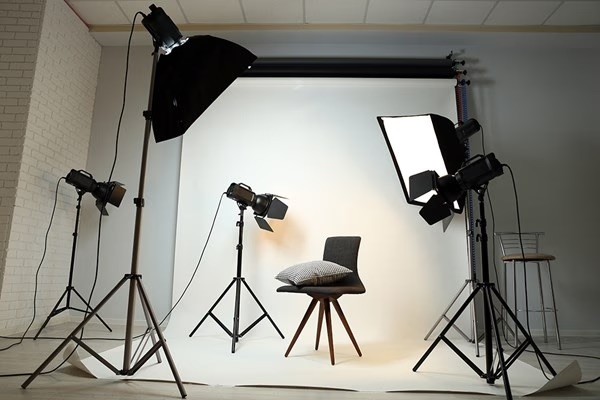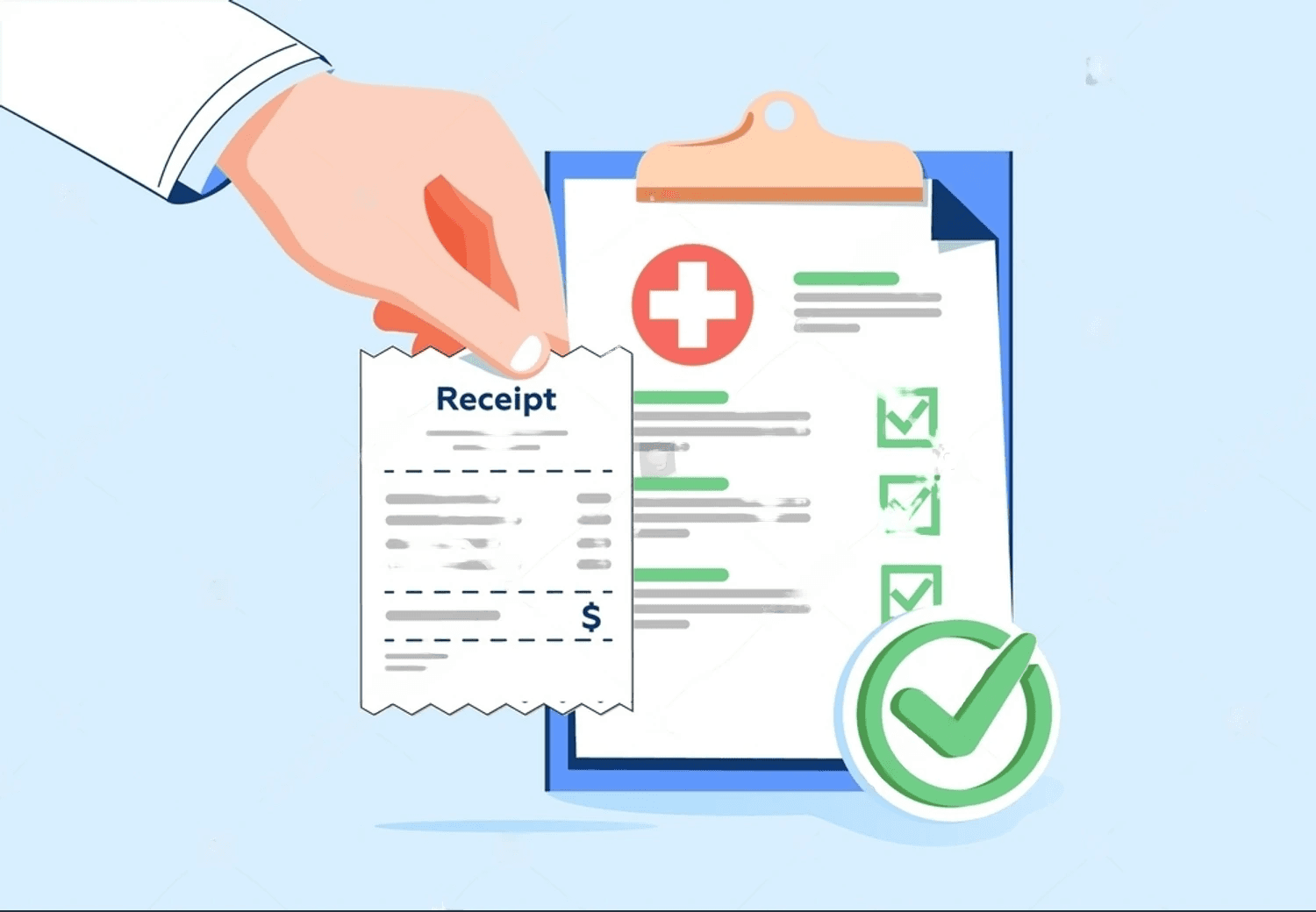Tips to Get a Good-Looking Professional Headshot
Your professional headshot is crucial for making a strong first impression, balancing personality with professionalism to attract potential clients.
Apr 25, 2024
By
Team Allia
Your headshot is the first thing a client looks at. Nowadays, especially, with everyone using their phones to access profiles and make appointments, the first thing that stands out is the photo - and you want it to be perfect.
Professional headshots is an important way to communicate to clients who you are and what it’s like to work with you. In fact, about 55% of your first impression depends entirely on the visuals!
You want to put in the effort to make that first impression a good one, and here are some tips on how to do just that.
The Balance Between Personality & Professionalism
There are some things you can’t hide in your photos, like your race or age, and sometimes religion. But what you can control is how much of your personality you want to let through.
Remember, this is a professional headshot, so you don’t want a photo that doesn’t convey your professionalism. For example, a selfie at the beach isn’t the best option if you’re trying to let your clients know that they can trust you.
On the other hand, you don’t want to appear too stiff either. As a therapist, you want your clients to feel comfortable with you. With a photo that is too stiff, or too focused on just your competence, you may end up compromising on how much friendliness comes through.
Being authentic in your headshot doesn't mean you want to reveal your entire life story. It’s about showing a genuine but competent version of yourself that potential clients can connect and feel comfortable with.
Mastering Your Look
Again, your appearance plays a significant role in your first impression. You can’t change the face you were born with, but you can play with the effect you have on others with a few simple tricks.
Know Your Audience
Depending on your clientele, the balance between professional and personal may be different. For example, if you’re managing mostly executive clients, you’d want a different headshot than if you were to deal mostly with children. Knowing who your audience is helps you determine how much of each you want to let through.
Dress The Part
Your clothes and makeup have a significant role in conveying professionalism and personality. A well-fitted suit is great for a professional appearance, but small details can help with adding your own touch.
When you go for your shoot, wear solid colors, show a big smile and keep your chin forward. This helps your clients’ visualize a therapy session with you and make the right decision for themselves.
You also want to avoid clothes with distracting patterns or text. Clothes with too much going on visually can be distracting for clients, and take away from the professionalism you’re trying to convey.
Your hair and makeup also play a role here. Makeup for professional photos should be subtle, but enough to enhance your features. Don’t use any dramatic colors, and opt for neutral shades. The right hairstyle for a photo is one that is professional and polished, but reflects your personality. The key is to look well-groomed, but not too uptight or firm.
You can keep a mirror with you when you head to the studio to get your photo taken. Make sure your hair and makeup are in place and there’s nothing stuck in your teeth - that would be quite embarrassing!
Mind Your Expressions
A genuine expression is the cornerstone of a welcoming and approachable headshot. You want to look as authentic as possible, and convey sincerity. Many people feel awkward in front of the camera, which can make the photo look forced.
When taking the photo, relax yourself and think of something that genuinely makes you smile. The more real your smile, the more ‘you’ your photo looks.
At the same time, be clear about how you want to smile - with or without teeth. Smiling with teeth usually projects a warmer and friendlier vibe than a closed-mouth one, but you should decide what you are more comfortable with.
It’s also always possible to take multiple photos and pick the best final image out of them.
Don’t Forget Your Body Language
Even though a headshot will not show much besides your head and shoulders, your body language can send a powerful message. You’d be surprised how much your body language affects your appearance! Here are a few things to keep in mind:
Crossing your arms can come across as closed off or defensive. If you’re going for a friendlier vibe, keep them relaxed on your sides, or pick a more neutral and natural gesture.
Leaning too far back can create a sense of distance. Maintain a posture that projects engagement and openness.
Keep your shoulders back and your chin slightly forward. Good posture makes you look confident and makes you look more approachable.
Lighting, Angles And Colours
The light and angle of a photo has the uncanny ability to completely make or break it. A candid photo in good lighting at a good angle is infinitely more flattering than a carefully-taken one in bad lighting at a bad angle.
Lighting & Angles
There are three main things to keep in mind when it comes to lighting:
The intensity of the lighting: For a headshot, softer lights are generally preferred, because harsh lights throw unflattering shadows on your face and can make some features more pronounced than others.
The direction it comes from: Frontal lighting tends to flatten your features, while side lighting adds depth.
Colour temperature: Cooler lights have a modern and crisp feel, while warmer lights create a cosier atmosphere.
Depending on your target audience, you can ask the photographer to change the type of lights they use, to get the results you want. Don’t just settle for their default setup - if the lighting is unflattering, ask for a change.
You should also decide what angle you like best for yourself. Take a few test shots on your own (make sure it’s not in selfie mode!) to determine your best angle so you know exactly what you want your photo to look like.
Colors & Backgrounds
The colours and background of your photo can affect the way you look, as well as how much of the focus is on you.
A good photo has a plain or unfocused background, without any visual clutter to distract from your image. Be careful about the items around you - reflections from various colored objects can affect the lights and colors that fall on your face.
If you like, you can also play with the colors in the photo, such as your clothing and background. Complementary colors make your features stand out, while similar colors blend together well.
Working with the Photographer
Did you know your relationship with your photographer can affect the photo? If you’re anxious and jittery, this comes across in the photo and can affect how competent you seem to prospective clients.
A good professional headshot photographer can do everything from managing the lighting and composition to determining the best framing. But you need to develop a rapport with them for them to draw out your authentic self and capture the little nuances that can convey the right message to your audience.
You should talk to your photographer before you start taking professional headshots. Tell them what you want to see, and what you think your best angles are. You can also show them a sample photo (even an informal one) of yourself that you personally like, and let them know that that is what you want your headshot to look like. This gives them a clear idea of what you want, and they can work to give you just that.
Camera Shy?
Being camera shy also affects the photo. If you’re too conscious of the camera settings, no matter how much you try, you can’t relax enough for the photo to come out right. It can help to spend some time in front of the camera to get used to it, so when you eventually head out to get your photo taken, your body is relaxed when it’s pointed at you.
Like Your Photo!
If you don’t like your photo, don’t just accept it! Ask the photographer for another photography session until they take one that you are satisfied with. Your headshot is how you present yourself as a professional, it should not eat away at your self esteem.
When you genuinely like your photo, you can share it confidently on different platforms. The self-assurance that comes with this helps you develop your personal brand and marketing efforts. Your confidence is an important part of bringing in new clients.
Embracing Your Best Self
Your professional headshot is an important thing for you to bring to the table before you ever even meet your clients. It’s what your clients see before they ever read your bio and qualifications, and that initial impression can sometimes be the deciding factor that brings in a potential client.
With a good photo, you strike the balance between competence and personality, and let the world know who you are and what you can do for them. With a bit of effort and planning, your photo becomes the visual handshake that opens up doors and leaves a lasting impression as a therapist.
Our AI-driven software is especially designed for mental health practitioners. We can help you:
Stay on top of operational tasks
Keep track of client data
Maintain client privacy
Contact us today to take advantage of the best patient management platform to date.
More from Allia
Dec 16, 2024
Managing No-Show and Late Cancellation Clients in Therapy Practice
Managing No-Show and Late Cancellation Clients in Therapy Practice
Sep 12, 2024
How to conduct a therapy intake session? A detailed guide
How to conduct a therapy intake session? A detailed guide
Sep 11, 2024
A Guide to Billing Insurance for Therapy for Mental Health Professionals
A Guide to Billing Insurance for Therapy for Mental Health Professionals



